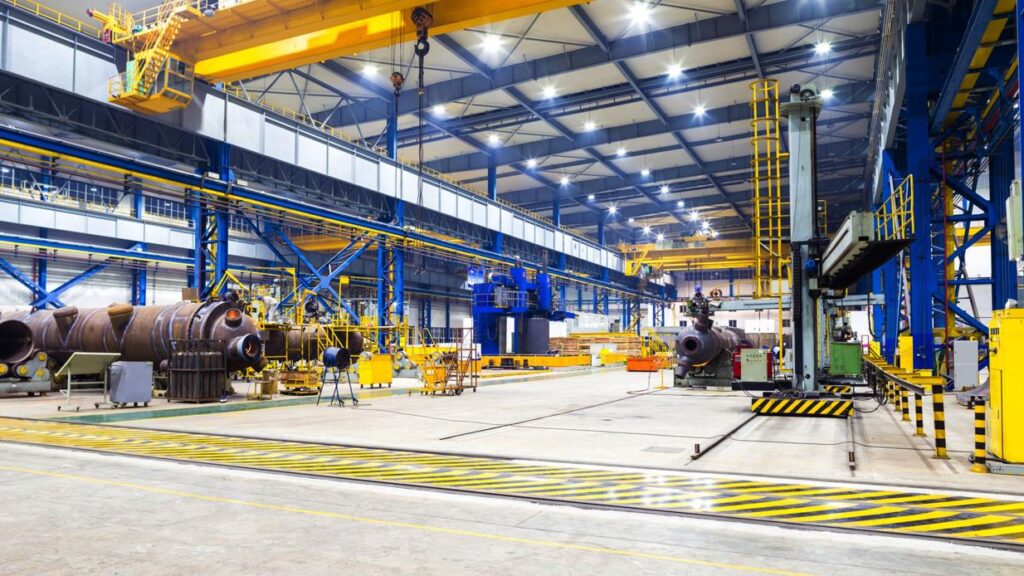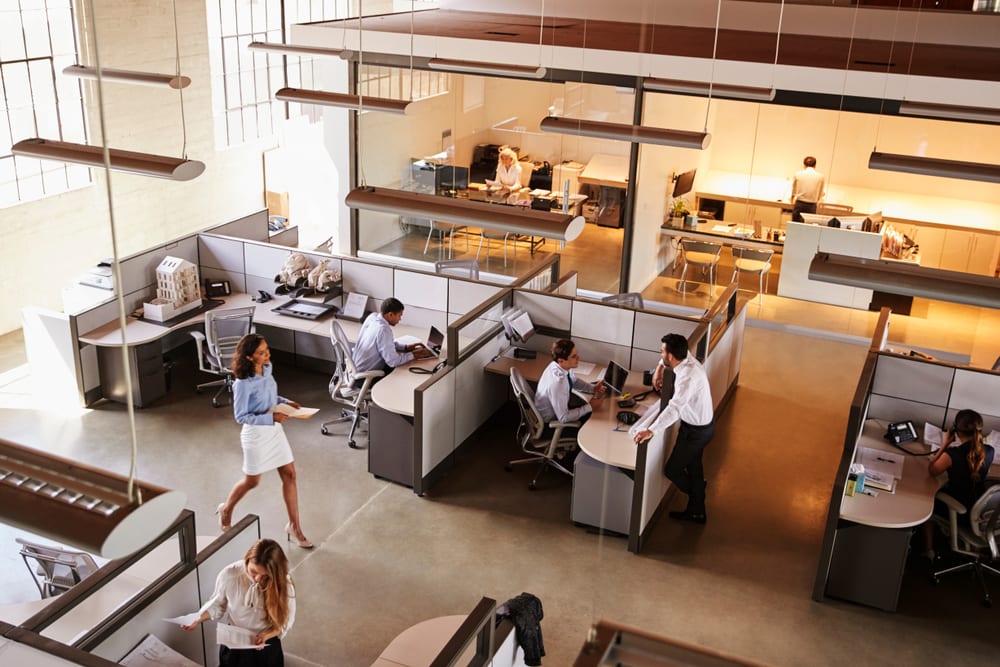Facility management plays a crucial role in ensuring the smooth operation and optimal performance of physical spaces, whether it’s an office building, a manufacturing plant, a healthcare, or any other type of complex environment. In this article, we will explore the art of management and its impact on maintaining productivity and efficiency within organizations. We will delve into the key responsibilities of facility managers and the strategies they employ to create a functional and conducive work environment.
Sustainable fac-ility Management Practices
A. Energy Efficiency: Implementing energy-efficient systems, such as LED lighting and smart HVAC controls, to reduce energy consumption and lower operating costs. Regular energy audits are conducted to identify areas for improvement and implement energy-saving measures.
B. Waste Management: Developing comprehensive waste management programs that include recycling, composting, and waste reduction initiatives. fac-ility managers collaborate with waste management vendors to implement efficient collection and disposal systems.
C. Green Building Initiatives: Incorporating sustainable design principles and materials in construction and renovation projects. This includes using eco-friendly building materials, optimizing natural lighting, and implementing green roofs or solar panels to reduce environmental impact.
D. Indoor Environmental Quality: Ensuring a healthy and comfortable work environment by monitoring and improving indoor air quality, acoustics, and thermal comfort. fac-ility managers conduct regular air quality testing, maintain ventilation systems, and implement noise reduction measures.

Technology and Innovation in fac-ility Management
A. Computer-Aided fac-ility Management (CAFM): Utilizing software and digital tools to manage and track fac-ility operations, maintenance schedules, and space utilization. CAFM systems help streamline processes, improve efficiency, and provide real-time data for informed decision-making.
B. Internet of Things (IoT): Leveraging IoT technologies to connect and monitor various devices and systems within the fac-ility. This includes sensors for occupancy monitoring, energy management, and predictive maintenance, allowing fac-ility managers to optimize resource allocation and identify potential issues before they become critical.
C. Building Information Modeling (BIM): Adopting BIM technology for fac-ility design, construction, and maintenance. BIM enables fac-ility managers to create virtual models that integrate architectural, structural, mechanical, and electrical components, facilitating efficient planning, maintenance, and renovations.
D. Predictive Analytics: Utilizing data analysis and predictive algorithms to anticipate equipment failures, optimize maintenance schedules, and allocate resources effectively. By proactively addressing maintenance needs, fac-ility managers can minimize downtime and improve operational efficiency.
Effective Communication and Collaboration
A. Stakeholder Engagement: Conducting regular meetings and surveys to understand the needs and expectations of fac-ility users, including employees, tenants, and clients. fac-ility managers work closely with stakeholders to address concerns, gather feedback, and implement changes that enhance the overall fac-ility experience.
B. Cross-Departmental Collaboration: Collaborating with various departments within the organization to align fac-ility management goals with broader business objectives. This includes working closely with IT, HR, and finance departments to ensure seamless integration of fac-ility systems, support employee needs, and optimize cost management.
C. Clear Communication Channels: Establishing efficient communication channels for reporting maintenance issues, requesting services, and addressing fac-ility-related concerns. fac-ility managers implement user-friendly systems, such as digital request portals or mobile apps, to streamline communication and improve response times.
D. Feedback and Continuous Improvement: Encouraging ongoing feedback from fac-ility users through surveys, suggestion boxes, or regular meetings. fac-ility managers use this feedback to identify areas for improvement, implement corrective actions, and continuously enhance the facility environment and services.
Disaster Preparedness and Business Continuity
A. Risk Assessment and Mitigation: Conducting thorough risk assessments to identify potential hazards and vulnerabilities within the fac-ility. fac-ility managers develop comprehensive risk management plans, which include measures to prevent and mitigate risks, such as fire safety protocols, emergency evacuation plans, and security systems.
B. Emergency Response Planning: Establishing emergency response protocols and conducting regular drills to ensure staff readiness. fac-ility managers coordinate with local emergency services and develop contingency plans for various scenarios, ensuring a swift and coordinated response during emergencies.
C. Business Continuity Strategies: Developing strategies to minimize disruptions to business operations in the event of unforeseen circumstances. This includes implementing backup power systems, data recovery plans, and remote work capabilities to ensure the continuity of essential operations and services during crises or disruptions.

The Role of fac-ility Management in Employee Well-being
A. Ergonomics and Workplace Design: Creating ergonomic workspaces that prioritize employee comfort, health, and productivity. fac-ility managers consider factors such as proper workstation setups, adjustable furniture, and adequate lighting to support employee well-being and reduce the risk of musculoskeletal disorders.
B. Wellness Programs and Amenities: Implementing wellness initiatives and amenities within the fac-ility to promote employee health and well-being. This may include fitness centers, relaxation areas, healthy food options, and programs focused on mental health and work-life balance.
C. Occupational Health and Safety: Ensuring compliance with occupational health and safety regulations to protect employees from workplace hazards. fac-ility managers develop safety protocols, conduct training programs, and provide necessary personal protective equipment (PPE) to mitigate risks and create a safe working environment.
D. Employee Engagement and Satisfaction: fac-ility managers play a vital role in enhancing employee satisfaction and engagement through the provision of a well-maintained, functional, and aesthetically pleasing work environment. By addressing employee needs and feedback, fac-ility managers contribute to a positive and supportive workplace culture.
In conclusion, effective facility management is an art that requires a blend of technical expertise, strategic thinking, and a deep understanding of organizational dynamics. By maintaining productivity and efficiency, fac-ility managers create an environment that supports the success of businesses and enhances the well-being of employees. Through proactive planning, sustainable practices, technology integration, and strong communication, fac-ility managers contribute to the overall success and longevity of organizations. Embracing the art of fac-ility management ensures that physical spaces are not just functional but also catalysts for growth, innovation, and success.
















